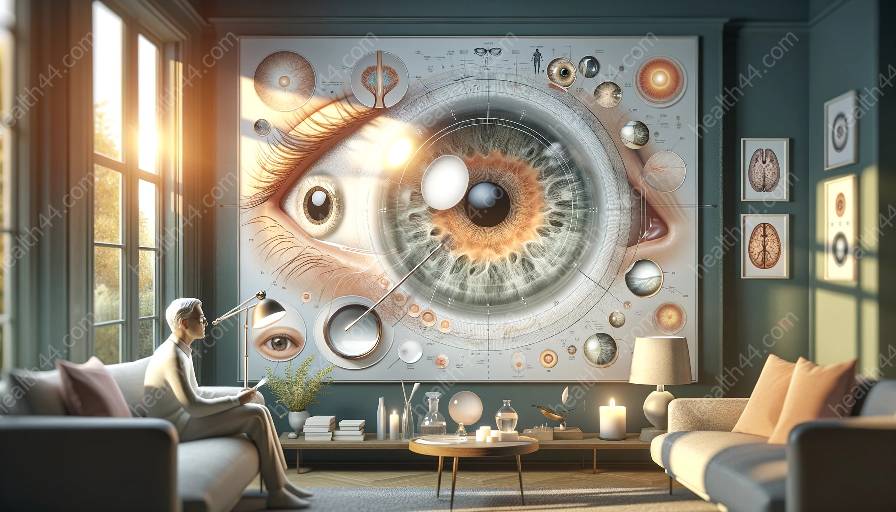Vision is a vital sense that plays a significant role in our daily lives, allowing us to perceive the world around us. However, as we age, the ability to focus on objects at different distances may diminish due to changes in the eye's anatomy. This is where bifocal and multifocal lenses come into play, enabling individuals to maintain clear vision at varying distances by addressing the anatomical needs of the eye.
Understanding the Anatomy of the Eye
The eye is a complex organ that contains several components working together to facilitate vision. The lens, a crucial part of the eye's anatomy, works in conjunction with other structures to refract light onto the retina, thereby enabling clear vision. The ability of the lens to change shape and adjust its refractive power, known as accommodation, is essential for focusing on objects at different distances.
How Bifocal Lenses Accommodate Anatomical Needs
Bifocal lenses are designed to address the anatomical changes that occur in the eye, particularly with aging. As individuals reach their 40s and beyond, the natural lens inside the eye loses its flexibility, making it harder to switch focus between near and distant objects. Bifocal lenses feature two distinct optical powers, typically separated by a visible line, to allow individuals to see clearly at both near and far distances.
These lenses use a specific design that includes a lower portion for near vision and an upper portion for distance vision. When looking through the near-vision portion, the eye easily focuses on nearby objects, while the distance-vision portion assists in clear vision at a distance. This bifocal configuration effectively accommodates the varying anatomical needs of individuals, providing them with clear vision for different tasks and activities.
Understanding Multifocal Lenses and Anatomical Adaptation
Multifocal lenses take the concept of addressing anatomical needs for clear vision even further by providing a seamless transition between near, intermediate, and distant vision. By incorporating multiple optical powers within the same lens, individuals can experience smooth and uninterrupted vision, regardless of the viewing distance.
These lenses employ various optical designs to distribute power across different zones, allowing the eye to naturally shift focus between near and distant objects. This feature is particularly beneficial for individuals with presbyopia, a common age-related condition that hinders the eye's ability to accommodate and focus on close-up objects.
Enhanced Comfort and Adaptation
One of the key advantages of bifocal and multifocal lenses is their ability to enhance comfort and adaptation for wearers. By catering to the varying anatomical needs of individuals, these lenses promote seamless transitions between different distances, reducing the strain and effort required to achieve clear vision.
Additionally, advancements in lens technology have led to the development of progressive multifocal lenses, which eliminate the visible lines associated with traditional bifocals. This innovation offers wearers a more natural visual experience, allowing for effortless adaptation to changing distances without the interruption caused by visible segment lines.
Conclusion
Bifocal and multifocal lenses play a crucial role in accommodating the varying anatomical needs of individuals for clear vision at different distances. By leveraging innovative designs and optical principles, these lenses enable wearers to overcome the challenges associated with age-related changes in the eye's anatomy, ensuring they can maintain optimal visual clarity for all tasks and activities.








